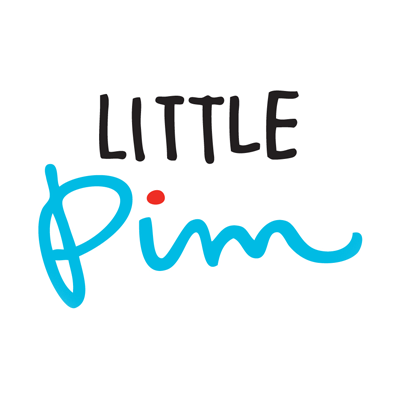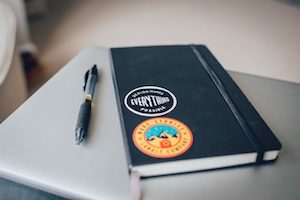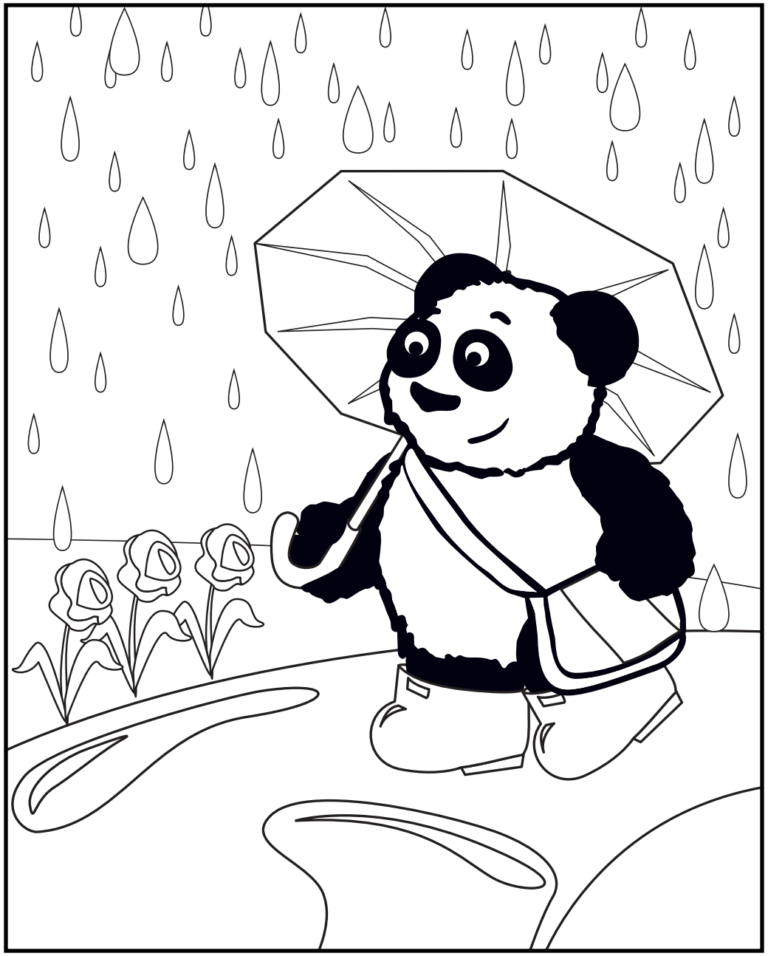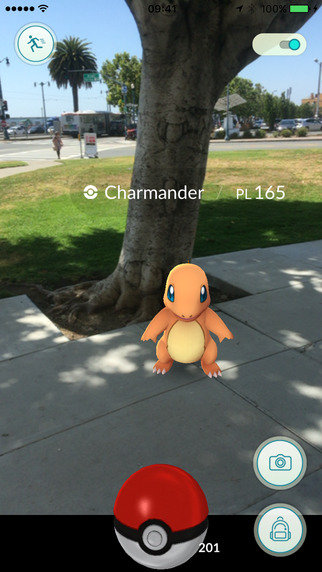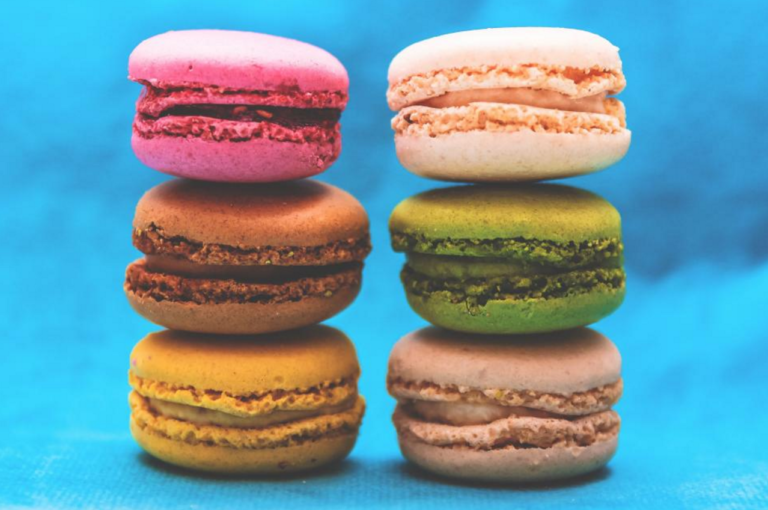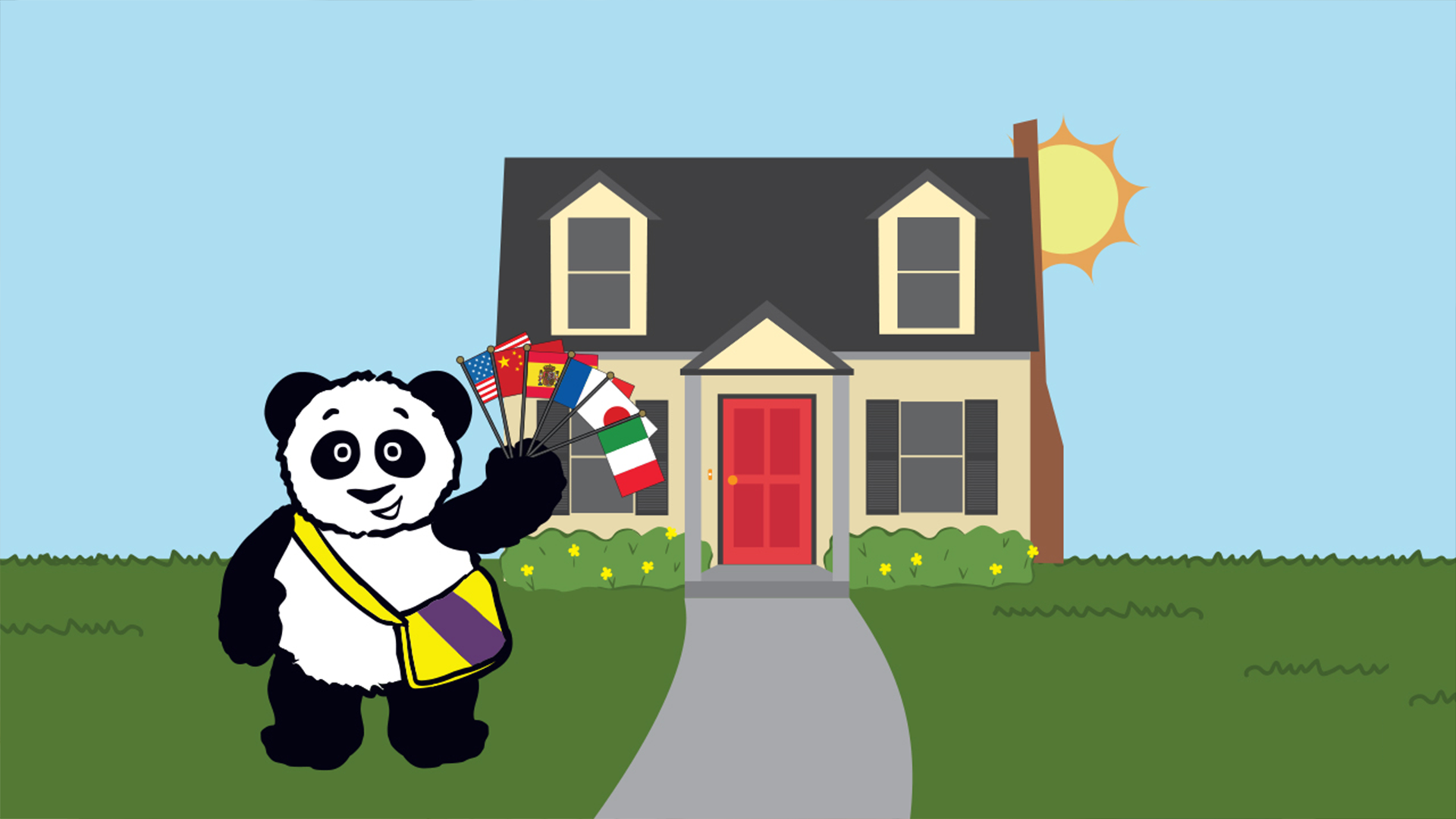
LITTLE PIM BLOG
Fun Hanukkah Arts & Crafts for Kids to Celebrate the Festival of Lights
It's the time of year for family, friends, and tradition. In the Jewish community, Hanukkah (Chanukah, or Channukkah) is known as the "Festival of Lights." It is an eight-day festival celebrated in November or December, commemorating the miracle of oil that occurred in the Holy Temple during the Maccabean Revolt in the 2nd century BC. This year, it begins on December 24th and ends on January 1st. Today, it is celebrated by Jews around the world and is filled with food, family, and presents. What a wonderful opportunity to teach your children about Jewish history, engage in meaningful crafts, and even teach them a little bit of Hebrew! Here are a couple of fun, meaningful activities to do with your children this Hanukkah!
Let's start with the proper holiday greetings:
"Hanukkah Sameach,” and "Chag Sameach," mean "Happy Hanukkah." However, "Chag Sameach," is closer in meaning to "Happy Holidays."
If you really want to impress, say "Chag Urim Sameach!” (urim means “lights”, so this phrase means "Happy Lights Holiday" or "Happy Light Festival").
Now that you know, let's go!
Activity:
Why Jews Celebrate Miracles
Teach your children the story behind Hanukkah, along with the basics of driedel play, with this interesting history. The video below is an excellent animation for kids depicting the struggle of Jews to maintain their way of life during a time of persecution; explaining the miracle of oil and how driedel play helped protect Jewish families during raids.
The Chanukah Story: Why Jews Celebrate Miracles
Craft:
Driedel, Driedel, Driedel, a Driedel Picture Frame!
After learning about the history of the driedel, lead your little ones in a craft that allows them make their own foam driedel in the form of a picture frame! This easy craft, adapted from one at Activity Village, includes a personal photo and allows kids to spell out whatever message they like. It will be a precious memory for, too, for many years to come!
Materials:
- Photo
- White & blue foam sheets (for the blue foam, one with a sticky back is best)
- Precut Foam Letters (preferably sticky back) in blue
- Scissors
- Non-toxic glue
- Age appropriate decorations of choice (glitter, rhinestones, stickers)
- Ribbon or hanger (Optional)
Instructions:
- Cut a driedel shape out of the white foam that is big enough for your photo to sit on top of without overhang. Cut a blue rectangle that fits underneath the photo. Cut a small "picture frame" out of the blue foam that will sit over the picture.
- Glue back of photo to the blue backing. Glue or stick the top frame to the photo. Place photo and backing on the driedel cut-out, sticking it to the foam with either the sticky backing or glue.
- Help child spell out their message with the foam letters beneath the picture. Stick letters to the foam.
- Allow child to decorate it to their liking, then (if using glue) wait for it to dry
- Make a small hole and thread ribbon or an ornament hanger through the hole, if desired.
Can't wait for Hanukkah to roll around? Want your little one to impress the relatives at the family meal? At Little Pim, we've got you covered with a full Hebrew immersion program geared toward your little ones. December 24th is coming soon, so contact us today!
Little Pim's Thanksgiving Coloring Page
Your little ones will love coloring in their pal, Little Pim feasting at the Thanksgiving table while you're busy cooking and entertaining. Print out this coloring page today and teach your kids how to say new words to celebrate Thanksgiving to incorporate language learning into your day. When you’re done, you’ll have a finished picture to hang on your fridge! Share your kids’ page with #littlepim on Facebook, Twitter, or Instagram. Enjoy your turkey day!
Thanksgiving-themed Spanish Vocabulary:
agradecido (por) — thankful (for) las gracias — thanks compartir, repartir — to share el cuerno de la abundancia, la cornucopia — cornucopia el desfile — parade la familia — family el fútbol americano — football (not soccer) el noviembre — November el otoño — autumn, fall
Thanksgiving Translations via Spanish.About.Com.
For more fun activities for kids on Thanksgiving, visit our post from last week.
4 Thanksgiving Activities Your Kids Will Love
Crafts are fun ways to get your littlest Thanksgiving guests involved in the celebration and keep them occupied while you are busy hosting and preparing the meal. Here are 4 great Thanksgiving activities for kids:
Thankful Chain
Grab some construction paper in a variety of fall colors like orange, brown and red. Cut them into strips, and hand them out to your kids. Give the children markers, and ask them to write one thing they are thankful for on each piece of paper. Have older kids help those who are too young to write.
When the paper strips have all been written on, make a chain by linking them together and securing each with a piece of tape. Use your chain to decorate your front door, or hang it near the Thanksgiving table.
Napkin Rings
Gather some paper towel roles, and cut them into sections of about 2 inches each. Give kids construction paper, glue, Thanksgiving stickers, glitter, ribbon and any other craft supplies you like. Have the children decorate each paper towel section. Use them as napkin rings at the table.
These also make great gifts for grandparents or other family members when you are eating at someone else's house.
Paper Plate Hand Print Turkey
Give each child several pieces of construction paper in fall colors. Trace their hands, and cut them out.
Cut a paper plate in half, and ask the kids to glue their paper handprints onto the plate in a fanned out pattern. Cut out about a 2 inch diameter circle, and glue it in the middle of the plate. Use markers or googly eyes to make a turkey face on the circle. Glue on a construction paper gobble.
Leaf Rubbing Place Cards
Get a piece of card stock for each person at your table, and fold these in half so they stand up.
Gather strong, sturdy, green leaves from outside. Place the leaves under a thin piece of paper, and rub crayons over the paper on top of the leaves to create a pretty pattern. Cut the paper to fit the card stock, and glue it on top. Use a permanent marker to write the name of each guest on the card stock.
Try these 4 fun Thanksgiving craft ideas. Your kids will be proud to display their artwork as part of the holiday decor.
For more kid-friendly activities, check out our post on a multicultural Thanksgiving. If you have any tips or activities to share, please comment below. Thanks for reading and we hope you and your loved ones have a fantastic holiday season!
Don't Put the Brakes on Bilingualism this Holiday Season
It's that time of year again! The holidays are just around the corner. If you're raising a bilingual child, it also seems like an unproductive time for language learning. You're busy with orchestrating the perfect "winter wonderland" at home and carrying out all of the family traditions. Grandma's visiting and you're taking off work. Who has the time to sit down for language lessons? Even if you do have the time, who wants to do book work while Rudolph the Red-Nosed Reindeer is on? The kids are out of school for most of the month, after all! Why make them study during their break?
Hold your horses. Even during the season of cheer, your kiddos shouldn't "pause" their language learning efforts. We know that kids lose some (alright, a lot) of the progress they made during the school year over the summer. Kids lose two months worth of reading skills and computational math skills over the summer. As for that Spanish class? You can forget about it. Literally. But, what's the difference when your kids are off in December as opposed to the two month break that most kids in North America get from June to September?
Although experts at the college-level agree that it's not as significant as the "summer dump," it's still worth it to continue learning into the winter to avoid a total information brain freeze. From Thanksgiving to New Years, your child will have a lot of down-time. There are lots of simple things you can do to keep their mind engaged in language learning over the holidays.
Here are a few fun ideas that will help keep your children's' minds active this winter:
Foreign Language Journaling
Depending on the age of your child, encouraging them to keep a physical journal over the break actually helps retain and improve the skills learned in school. Inspire their creativity with response prompts in both English and their target language. To gain their interest, suggest prompts related to the season at hand. For elementary students, here's 77 prompts to inspire their winter writing.
Journaling in another language is actually a great way to advance in it. There's a well documented link between handwriting and knowledge acquisition. Some college professors ban electronic note taking for this reason. There's also the freedom to make mistakes without being made fun of; a common anxiety among those who wish to speak another language. Encourage them to practice their new language, reminding them that a journal is a safe place to express themselves without fear of having their mistakes overanalyzed.
Dual-Language Reading
According to experts, reading is the number one action students should take in order to avoid a mental deep-freeze. If they're too young to take the initiative themselves, you can read with and to them to reap the benefits. Encouraging your child to read over the holidays is one of the easiest ways to keep them engaged, as books are accessible through local libraries, create meaningful interactions with the family, and are portable for holiday travels. Getting lost in a good story is also just plain fun!
To encourage language learning, you can purchase (or borrow) dual language books, which allow your child to read a story in both languages side-by-side. Dual language books are available in many languages and improve language acquisition and vocabulary in bilingual children. There are even some available for free on Trilingual Mama's website.
It's not just beneficial for learning another language, either. According to a study done at the University of Calgary, the introduction of dual-language books into classrooms improved overall literacy skills.
Cultural Field Trips
Field trips shouldn't just be left to the school. A recent study from the University of Arkansas indicated that students learn more about a subject when exposed to it on a field trip versus the classroom. In particular, the empathy and cultural understanding of disadvantaged students was shown to improve after being taken on field trips. Since field trips offer an opportunity to expose children to different cultures, they're an excellent way to foster bilingualism. We know that language isn't just about conjugation, nor is culture all about tradition. Culture influences language and vice versa. Consider visiting a museum or other cultural exhibit with your children during the holiday season, like a local Hispanic heritage museum.
Multicultural Holiday Traditions
This time of year is an excellent one for cultural immersion, as every culture has its own holiday traditions. Attend a festival, or guide your child in an activity that relates to the traditions of another culture. If you're teaching your child Spanish, consider attending a Posada party. If they're learning Russian, participate in the New Year's tradition of Father Frost and discuss the similarities and differences between Father Frost and Santa Claus. This will get your child fired up about another culture - something that's important for success in another language.
At Little Pim, we offer amazing products that will help your young child learn a new language. Consider beating those winter woes by starting your child on one of our 12 language programs today.
Rainy Day Coloring Activity
Add some color on a gloomy day by printing out this Rainy Day Little Pim coloring sheet. July 29th is Rain Day according to the DaysoftheYear.com calendar and throughout history, people of many cultures across the world have celebrated rain and it's "life-giving power." Teach your little ones about the power of rain and how it is necessary for survival. If it's raining where you are, head outside with the kids to walk in the rain and to jump in some puddles! When you get back inside, serve some fresh fruits and vegetables that need rain to grow. Review your color and food vocabulary as you point out each fruit and vegetable in the second language. After a healthy snack, get their creative juices flowing by printing out Little Pim's Rainy Day Coloring Sheet!
Share your rainy day fun with us by using #LittlePim on Instagram or Twitter!
Click here to print out the rainy day coloring sheet.
Incorporating Language Learning into the 2016 Olympics
Flash forward a couple weeks from today: It’s a sticky summer day, and to cool down and spend some quality time with your kiddos, you decide to go home, sprawl out on the couch, and watch the Olympic games. Your child becomes disengaged, or maybe your kid loves the games and is glued to the television. Either way, you are missing out on a huge opportunity to teach your children Portuguese and make them feel a deeper connection to Rio than the screen in your living room. We, here at Little Pim, recognize this language learning opportunity, and luckily, we offer lessons and flash cards in Portuguese that will make your son or daughter speak as well as Gabby Douglas flips in the time of a Usain Bolt 100 meter dash.
Sports Vocabulary
The most obvious vocabulary to introduce to your child during the Olympic games would be basic sports vocabulary, like the words for: ball, referee, pool, court, and field. To try to cultivate the strongest correlation between the words you are teaching and an image, it is probably smart to introduce the vocab as its corresponding image appears on the television.
Additionally, since the words you will be teaching them are about being active, you can make the language learning active. Play a game of catch while watching the 2016 games. When you have the ball, say the English word, and have your child say the Portuguese translation upon catching the ball. They can learn more about how to discuss playtime in Portuguese with the Little Pim “Playtime” lesson, which is available for online purchase. This online accessibility means they can sit on the couch and learn Portuguese on any device with the Olympics on in the background.
Geography
The Olympics has a record number of countries competing this year, so now more than ever the Olympics is a melting pot of cultures. This presents you with the ability to expose your child to a plethora of different countries. With that, you can teach them how to say each country’s name, main languages, and prominent religions in Portuguese. You can pull out a map and point at the country in question as you go along! If your family has roots in a certain country, this is a great time to introduce a bit of that country’s language too; Little Pim lessons could probably help you do so!
Counting
The number system is critical to any language, so it is a good place to start when learning Portuguese. As the shot clock winds down or the race is about to begin, have your son or daughter count down in Portuguese. They will be ready by New Years to count down to 12 AM in Portuguese!
Start by counting numbers 1-10 in Portuguese, then go backwards to start the countdown:
10 – dez
5 – cinco
9 – nove
4 – quatro
8 – oito
3 – três
7 – sete
2 – dois
6 – seis
1 – um
Stats
As each athlete’s statistics are plastered across your television screen, you can teach your little one the words for goal, assist, point, etc. This can be a particularly great exercise with little boys and girls who have already developed a passion for sports
(it is probably genetic) and enjoy memorizing statistics from player cards and a teams’ websites.
Personalize the Activity
If your son or daughter is especially fond of one sport that will be performed during the summer games, make sure to focus on the vocabulary relating to that sport. This will make the language learning of greater value in their eyes, and thereby more fun for them. For example:
Get Involved As a Parent
If you are fluent in Portuguese or have never heard a word of it, speaking the language with your kid makes it a group activity as opposed to a chore. Additionally, if your whole family wants to extend your exposure to Brazilian culture beyond language learning, please refer to a post coming out soon about fun activities infused with Brazilian culture that you can do right at home.
Vocab Reinforcement
For the words to stick, a child needs to become familiar with them by hearing them a number of times. On your way to a mall or weekend get-away, you can review the Portuguese vocab in a fun trivia-like format. The Little Pim flash card set could serve this purpose really well!
Teach Love and Kindness
Sports have the power to transcend countries’ borders, racial divides, and social differences. That power is what makes the Olympics such a beautiful thing to watch, especially today when these issues run rampant in our society. Teaching your child the English words for unity, equality, fairness, and sportsmanship, for example, is a powerful action in it of itself. Imagine the power of teaching them these words in yet another language, like Portuguese.
By teaching your child another language at a young age, you accomplish many things. You make them smarter, you differentiate them from other children their age, and you ultimately make them more valuable to our society and a potential employer. Above all of those things, you make them sensitive to and connected to another country, culture, and way of life. In learning a new language, they are learning to respect differences instead of hate them, just as sportsmanship teaches. Language learning is powerful. Sports are powerful. Rio is the perfect opportunity to combine sports with language learning, an action that could have an amazingly powerful impact on your child.
P.S. It will also be fun!!
Pokémon Go Guide for Parents with Young Kids
Everyone is going Pokémon crazy with the release of Nintendo's new app, Pokémon Go. As a parent of little ones, it's important to learn about the pros and cons of this app before letting your kids dive in on the fun. We've been playing for almost a week - for research purposes only, we promise ;) - and have seen the big phenomenon hit the streets of Manhattan and across the country. You've probably heard the news regarding the potential dangers of playing the game or perhaps you've downloaded the app yourself and can't get enough. We've compiled some great tips about how to make Pokémon Go a fun, safe, and educational game to play with your little ones.
Protect Your iTunes or Google Play Password from Your Kids
Pokémon Go is free to download, but there are in-app purchases to buy PokéCoins for different items in the "Shop." These purchases require you to login to your iTunes or Google Play account, so be sure your kids are not able to do so by disabling in-app purchases or keeping your password safe to avoid getting a huge bill at the end of the month. You and your family can still have all the fun for free as long as you play wisely to collect more items from PokéStops.
This app requires cellular data
Photo courtesy of J House Vlogs on YouTube
Like many mobile apps, playing Pokémon Go will require use of your cell phone's data, so hopefully you have an unlimited data plan or else you'll probably start receiving texts from your carrier warning you that you've used a majority of your data this month. If you're hitting the max data allowed per month, you may need to have your data turned off until the cycle restarts. Also, this app will do a number on your battery life. Make sure you're fully charged before you head out the door or carry a charger with you.
Make it Fun AND Educational
Playing the app can be rather simple once you understand what to do. You're playing as the Pokémon trainer who collects Pokémon (cute, little "pocket monsters" with unique traits and skills) outside. The app connects to your GPS to show you your location and the whereabouts of Pokémon in the wild, nearby PokéStops, and gyms where you can virtually battle other players. At the end of the day, you and your kids could be walking miles on this virtual scavenger hunt while discovering local landmarks and small businesses that you'd normally never visit. This provides a great opportunity for kids to get outside and explore, with your supervision of course.
When you get to a PokéStop and it's a historical landmark, spend time with your little ones to read about the landmark and start discussions about the history. Playing Pokémon Go during summer vacation can be a fun way to teach your kids about your local surroundings and to provide incentives to take trips to the library or museum for more typical summer learning. You can even use family trips to a local gym or PokéStop as an incentive for finishing a desired task or summer reading.
Always Be Aware of Your Surroundings
According the the AppStore and Google Play store, the recommended age to play is 9+ years due to a warning for "Infrequent/Mild Cartoon or Fantasy Violence." Our biggest concern is having little kids roaming the streets while looking down at their device ("distracted walking") or being "lured" into a dangerous area, which is why we recommend that a parent or guardian is always present to supervise your children, especially your young ones when playing this app. Recent reports mentioned that players are using the "lures" (a feature used to lure more Pokémon to a location) to plan a robbery or to lure children. Always look up when walking and hold onto your kids when crossing a street or intersection. We recommend playing this game at your local park or an area where there is little traffic.
Another part of the game involves eggs that hatch into new Pokémon. When you collect an egg, you can incubate it by walking a certain distance (2 km, 5km, 10km) to make it hatch. We love that this feature gets you and your whole family outdoors walking instead of indoors on the couch. Different types of locations have different varieties of Pokémon, so you will have plenty of opportunities to explore fun spots with your kids, for example, when you visit a body of water such as a lake or river, you will see more water Pokémon.
It's a Great Way to Make new Friends
Parents playing the app with their little ones will quickly notice they aren't the only ones. When walking to a PokéStop or local museum or library that put out a lure to gather people for an event, you will most likely make a connection with another family. Since school is out, now's the perfect time to get out there and meet other parents and children who have similar interests. It's also a great opportunity to connect with your local area's small business owners and support them by buying the family ice cream or a delicious pizza pie!
Due to the game's diverse players, you're probably going to meet a bunch of families who are also raising bilingual children. This gives your kids a great opportunity to practice speaking in their second language with other children their age.
Language Learning with Pokémon Go
Here at Little Pim, we're all about making language learning fun, easy, and effective for young children. We thought of ways to tie in language learning into the game to keep their brains active all summer long.
Counting
You can have your kids count the number of steps to catch the Pokémon in the foreign language they are learning. If the Pokémon is further away, help them out with the bigger numbers and eventually they will learn all the numbers in the new language.
This app also forces you to learn the metric system as the distance to walk to hatch your eggs is in kilometers you can convert them to miles. A recent article by MentalFloss pointed out that according to Google Trends, searches for “how far is 2 km” and “how far is 5 km” spiked after July 6.
Vocabulary
Create your own flashcard set with a Pokémon Go theme. Choose vocabulary words that you encounter while playing the game, i.e. street, library, tree, ball, catch, throw, as well as all the related animal names you can think of. If you're child is learning Japanese with Little Pim, teach them the 1st Generation Japanese and English Names:
[iframe id="https://www.youtube.com/embed/8_gjbvAYhzw?rel=0" align="center" autoplay="no"]
Explore New Cultures
Here in New York City, we have an extraordinary mix of different cultures present within walking distance. For example, you can take a family trip over to Koreatown with your little language learns to get a glimpse of the Korean culture and enjoy the delicious cuisine at an authentic restaurant. Perhaps you'll run into a nice family of native Korean speakers that are also playing the game to spark up a conversation so your child can practice speaking in Korean.
Head over to Little Italy to catch some Pokémon and practice your Italian by pronouncing the various food and restaurant names. Enjoy some delicious Italian cuisine when in the area.
Learn more about NYC's ethnic neighborhoods from BusinessInsider to begin exploring this summer whether you're a local or just visiting.
Have Fun and Be Safe
Outdoor play and social interactions for kids is great, but can also present risks. As a parent of little ones, we recommend you supervise your child's cellphone use and play this fun game by their side. Make it a family activity and take the opportunity to teach your kids about "stranger danger" and the risks of "distracted walking." We hope you enjoyed reading this guide and wish you the best of luck in "catching them all!"
If you have any other tips for parents playing Pokémon Go with their kids, please comment below. Don't forget that you can also take Little Pim with you during summer vacation with our digital downloads available in 12 languages. Your kids will be speaking a new language in no time with our unique approach. Learn more on our website or contact us during business hours. Enjoy the rest of your summer and stay safe!
3 Ways to Make Bastille Day As Much Fun As the Fourth of July
Bastille Day is upon us! This July 14th presents a perfect opportunity to get you and your young ones excited about language learning through some French culture. While the topic of the French Revolution may seem like a dry subject to your average 0-6 year old, (or even to you), here are some great tips about how to make this another fun-filled summer holiday:
1. Build A Fort
The French working class stormed the Bastille, the prison, to gather ammunition stored there.
Grab your kids and build a fort with lots of blankets and cushions and voilà you have your own make-believe Bastille. Make the password to enter to the fort a French word to incorporate some vocabulary. If the kids are having fun, you can quickly grab some French-inspired snacks to munch on inside the fort, like Brie cheese and crackers or macaroons. If you have the time and want to try your hand at some more serious preparation and cooking, check this these French recipes via Betty Crocker. This is the perfect Bastille Day activity if it’s raining outside or if you want to escape the sweltering heat.
2. Go Down To the Tennis Courts (or Out to the Sidewalk)
Soon after the storming of the Bastille, the members of the Third Estate, (working class men), were locked out of the Estates General meeting, which was supposed to be an assembly of all the French classes. They retreated to the nearby indoor tennis court and took an oath that demanded a new constitution.
If your family is on vacation or has access to a tennis court, bring the kids with you and have them make up their own game with the balls and/or racquets. This game can act as their very own constitution for the “republic of the tennis court.” Even if there isn’t a tennis court around, you can use some chalk to draw a small court on the sidewalk. This would be a great time to introduce your kiddos to some French sports vocabulary. Also, if the game is more active, you can have your kids “warm up” with some hops and jumping jacks, counting out loud how many they are doing in French. The “I Can Count” lesson from our French for Kids program (Vol II, Video 6) can help refresh their French counting skills.
3. Have a Picnic and Mini Parade
On Bastille Day in France, there is a huge parade along the Champs-Élysées.
Picnic in the park and have the walk back be a mock parade. You can get the little ones excited by breaking out the red, white, and blue attire from the fourth of July- luckily American and French national colors are the same. For some red, white, and blue food options to bring on the picnic, refer to the previous Fourth of July blog posting! As you are picking out the clothes or preparing the food, you have the perfect chance to teach the kids the French words for various colors. Additionally, the Little Pim flashcards or coloring sheets are a great post-picnic activity in the park.
What’s Happening in NYC?
Here in our home of NYC, there are some more official celebrations all around the city. For more information visit TimeOut's"Bastille Day in NYC" guide.
We, here at Little Pim, hope you and your whole family make great memories this Bastille Day while also getting a taste of France’s lively culture. We hope we can join you in helping your children experience more of the world!
Fourth of July Kids Activities
Summer is in full swing and here at Little Pim, another holiday means more fun activities to do with your little ones! If you're staying local this Independence Day, be sure to check your community websites and local news sites for celebrations across town to enjoy great fireworks, fairs, BBQs, and more to create beautiful memories this holiday. We're expecting gorgeous weather on July 4th here in NYC, 85 degrees and sunny, which means we need to make sure everyone is covered in sunblock and staying hydrated all day long!
KIDS ART
Our first activity is this festive coloring sheet with Little Pim celebrating the 4th of July! Setup your kids outside with crayons or markers and hang the finished artwork as decoration for the weekend's festivities. Print out a few copies for all the kiddos to keep them occupied during an event.
If you're feeling a bit more creative, you can try this fireworks painting with salt and watercolor paint via Busy Mommy Media. It's actually fairly easy and only requires a few materials you probably already have in your home: table sale, paper (black works best), watercolors, brushes, white glue, and a cookie sheet). Visit their website for step-by-step instructions.
SWEET TREATS
Your kids will love helping you in the kitchen with these healthy and colorful fruit skewers. Make the U.S. flag design with fresh strawberries, banana slices, and blueberries. Berries are so delicious during the summer! Even better, pick your own or find some at your local farmers market! Be careful with the sharp ends of the skewers.
HOMEMADE POPSICLES
A great way to beat the heat this summer is to create your own popsicles! Check out our blog post on how you can make your own Mexican Paletas at home for your little ones to enjoy! Get create and use berries to make red, white, and blue popsicles to celebrate the fourth!
MESSY FUN: DIY SLIME
We recommend doing this activity outside so clean up will be a breeze! This recipe is fun and safe for kids as it doesn't use Borax and you can color them red and blue, perfect for the 4th of July!
What you’ll need:
- Plastic bowls
- Water
- Cornstarch
- Food coloring
In a bowl, combine 1 cup of cornstarch and 1 cup of water. Mix until you have a good and slimy mixture.
Add 1 to 3 drops of food coloring.
Repeat with other colors.
Then play away.
We hope you and your family have a wonderful and safe holiday weekend! Remember to incorporate Little Pim and language learning in your family summer fun! Have your kids name each color in a different language when making crafts or recite the names of the fruits in their second language when prepping summer treats in the kitchen. If you're traveling this holiday weekend, you can take Little Pim with you with our digital downloads available in 12 languages. Happy Independence Day, America!
Ways to Sneak Language Learning in Family Summer Fun
In the days before air conditioning and electronics, outdoor family games were a staple of summer evenings. Many times these activities involved both the adults and children, but more often the kids played while the grownups chat and relax. Often the whole neighborhood was involved. Depending on where you lived, you could hear happy voices calling out in Spanish, English, French, and many other languages as well.
Fireflies twinkled in the gathering dark, cool breezes offered relief from the heat of the day, and everyone was ready to unwind and enjoy good company, and good fun, in the late summer evenings. Music rang out, with one adult playing guitar while others sang favorite songs from their cultures.
You can readily update this time-honored tradition, bring in some nostalgia, and further your child's bilingual education. Following are some family favorites, along with suggestions on ways to help your kids learn a second language.
Badminton - Look for a set at your local sports shop or discount store to bring back Badminton for a fun family outdoor activity. Try keeping score in the second language.
Volleyball - Use your Badminton net for dual purpose and enjoy some fun while teaching the children new skills. Call out vocabulary words and instructions in a second language as the family plays Volleyball together. If you have little ones, use a balloon and try not to let it hit the ground by gently tapping it up and counting to practice your numbers.
Horseshoes - All you need is a stake in the ground and some used horseshoes, or you can buy a set. What is the word for horse in the second language? Practice animal and nature vocabulary in the second language while playing the fun yard game.
Frisbee - Toss around a frisbee and let the family dog join in. Each time someone catches the frisbee they must say a word or phrase from a chosen them in the second language. For younger children, you can say the word in the second language and have your child repeat after you on every throw.
Sidewalk Chalk - There are so many possibilities with sidewalk chalk. Your kiddos will love drawing on the driveway! Get creative and add in language learning activities by playing 'pictionary' outdoors with chalk so your little ones can guess the drawing in the second language. Another fun activity would be to draw the map of the language's country of origin or have the kids draw and color in the country's flag.
Campfire - Make a fire in a fire pit or other safe area and sing camp songs or tell stories while roasting marshmallows. Bring out the guitar or maracas for even more fun. What songs can you introduce in a second language? Check our Little Pim Spanish Bop and French Bop on our website. You can download your copy instantly to make summer travel a lot more fun!
Now, look back to when you were a child and recreate some of your best summer fun with your kids. How can you involve your children in the culture, memories, and the language of your childhood or the language and culture your kids and family are learning? Time together is how we make lasting memories that children will cherish.
Current brain research and best educational practices show that active, hands-on learning and parental involvement is an unbeatable combination to help further a child's ability to grasp and retain knowledge. Comment below for more information on Little Pim's award-winning language learning program for kids ages 0-6.
To make summer travel a lot easier and fun for the little ones, check out our post on Summer Travel Tips with Kids.
